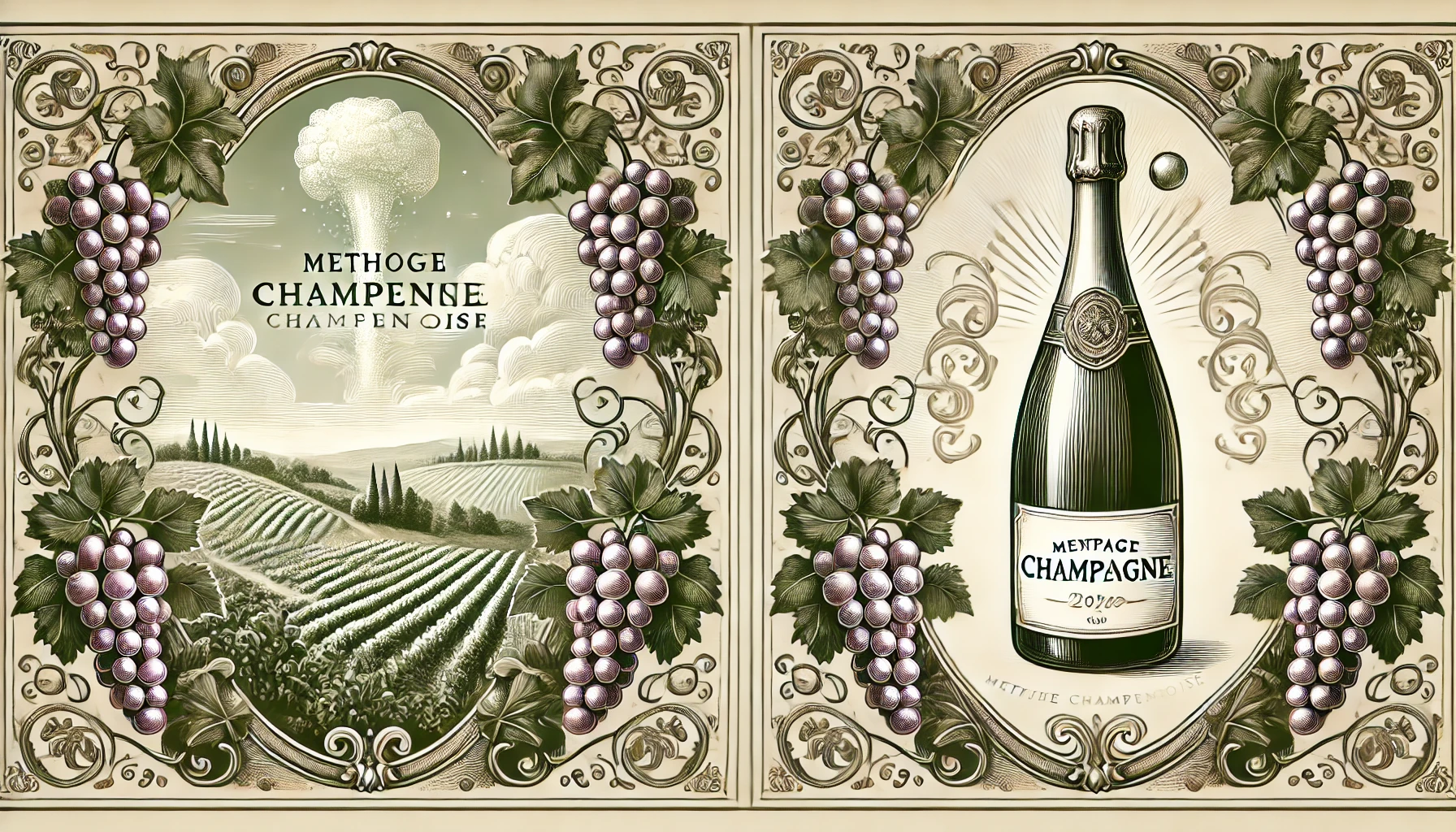
Méthode Champenoise, also known as the traditional method, is the time-honored process used to make Champagne and some sparkling wines. This method involves a secondary fermentation that takes place within the bottle, which produces the bubbles and gives the wine its unique effervescence. Known for its meticulous and labor-intensive steps, Méthode Champenoise remains the standard for creating high-quality sparkling wines around the world.
The process begins with creating a base wine, typically a still, acidic white wine. After this first fermentation, the wine is bottled with a mixture of sugar and yeast. This is known as the “liqueur de tirage.” This addition initiates the second fermentation inside the sealed bottle, trapping carbon dioxide and forming bubbles. The wine then ages on its lees, or dead yeast cells, for several months to several years. It all depends on the desired complexity.
Riddling
An essential part of Méthode Champenoise is “riddling,” or gradually rotating the bottle to encourage the lees to settle in the neck. This process was traditionally done by hand, but today, most wineries use mechanical “gyropalettes” to automate it. Once the lees are collected, the neck of the bottle is frozen, and the lees are removed in a process called “disgorging.” The wine is then topped off with a dosage. That is a small amount of wine and sugar mixture that determines the wine’s final sweetness.
Méthode Champenoise results in a sparkling wine with fine, persistent bubbles and a complex flavor profile due to extended contact with the lees. This method distinguishes Champagne from other sparkling wines, as only wines from the Champagne region can officially carry the term. Elsewhere, it may be called “traditional method” or “méthode traditionelle.”
Curious about more wine terms and insights? Visit our Wine Wiki section and explore the basic wine terms for expert definitions and tips!